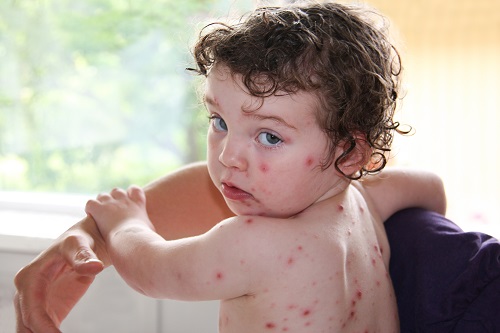To return to life as it was before the pandemic we need to trust our healthcare information, and our information needs to be based on facts. I have practiced medicine in Ellensburg for the past 27 years, and my goal is to keep people healthy and to promote the health of my community, and I am confident my medical colleagues in our county have the same goals. It is our obligation to use and provide accurate, factual information to promote the health of our patients.
With this in mind, and with the notion that Covid-19 misinformation is all too common, it is important to stick to the facts and work together if we want to overcome the pandemic.
First fact: the pandemic is real. Almost 600,000 Americans have died from Covid. To put Covid-19 in perspective, influenza kills about 40,000 people each year. Every one of those 600,000 people are missed by their friends, family and communities. The vast majority of people who get Covid don’t die, and because of this the virus spreads easily within the population, allowing the pandemic to grow and persist.
Second, masks help prevent the spread of the virus and reduce the chance of getting sick, plain and simple. A mask is a physical barrier. It is not a political statement.
Third, Covid-19 vaccines are critical for ending the pandemic and getting us back to pre-Covid life. With foresight and determination, the previous Trump administration launched a herculean effort to create vaccines, an effort the current Biden administration has continued. Because of these efforts, we are blessed with outstanding vaccines. Both the Pfizer and Moderna vaccines are 90-95% effective at preventing Covid-19, and as a result Covid-19 cases are declining. This trend of increasing vaccination rates and decreasing disease is the same trend we have seen in the past with other highly effective vaccines, such as Polio and Measles. The downward trend of Covid-19 cases will continue as long as more people get vaccinated. So far about 40% of the population is fully vaccinated; we need at least 70% fully vaccinated individuals to stop the spread of the virus.
Fourth, the vaccines are safe. With over 300 million doses given, the vaccines have demonstrated their safety. In addition, 40,000 doses have been given to pregnant women with no safety concerns identified. Since vaccines are given to large numbers of healthy people, it is critical that we know vaccines are safe. We are fortunate in that the United States has the best vaccine safety monitoring system in the world, with multiple approaches to monitoring vaccines. An excellent and very recent example of how well the CDC’s vaccine safety monitoring system works is the Janssen (J&J) vaccine. This vaccine was found- after just 6 weeks in use- to cause a rare blood clotting problem. As a result, the CDC paused it’s use while the condition was investigated.
Finally, everyone needs accurate information to make the best health decisions. It makes sense to get health information from the right people and the right places. If a you have a car problem, an auto mechanic is a good choice for advice. If it is an electrical problem, choose an electrician. If you have a health question, please choose a medical professional. While friends, relatives and peers may be trusted people in your life, they are not usually the best people to consult for medical advice. If you have questions, I strongly encourage the following three resources:
- The Centers for Disease Control and Prevention. The CDC’s mission is to “save lives and protect people from health threats.” Since it was founded in the 1960’s, the CDC has a proven track record of transparency and honesty as it has worked to promote health. There is no reason to distrust the CDC. The people who work there are some of the brightest and most dedicated people in the country.
- The Washington State Department of Health. The DOH’s mission is to “protect and improve the health of all people in Washington State.” The people who choose to work at the Department of Health do so because their mission is the same.
- Your primary care provider. Your Doctor, PA, or ARNP’s mission is the same as the CDC and DOH mission, but on an individual level. They care about you, they care about your health. Ask your primary care provider about Covid-19 vaccines.
To prevent more deaths and to bring an end to the pandemic, we need to stick to the facts, get information from reputable sources, and work together. Please be a part of the solution by getting vaccinated.




 Cancer turns life upside down; for individuals and their loved ones, life becomes overwhelmed with medical care. Instead of working, socializing, and enjoying daily routines, days are suddenly filled with doctor appointments, tests, surgical procedures, and treatments. Even simple appointments or medical tests can swallow up a day. In addition, the lives of spouses, friends, and family- the patient’s support group- are disrupted. Whether it is offering emotional support, attempting to understand insurance coverage, or coordinating appointments and navigating the medical system, providing support is practically a full time job!
Cancer turns life upside down; for individuals and their loved ones, life becomes overwhelmed with medical care. Instead of working, socializing, and enjoying daily routines, days are suddenly filled with doctor appointments, tests, surgical procedures, and treatments. Even simple appointments or medical tests can swallow up a day. In addition, the lives of spouses, friends, and family- the patient’s support group- are disrupted. Whether it is offering emotional support, attempting to understand insurance coverage, or coordinating appointments and navigating the medical system, providing support is practically a full time job!


